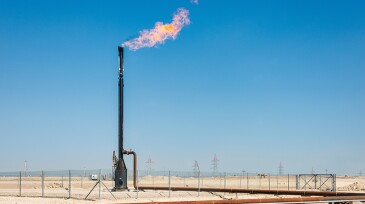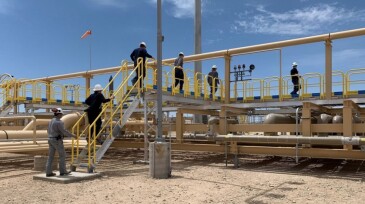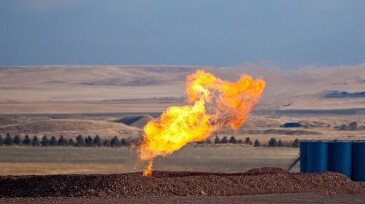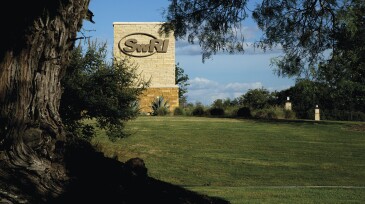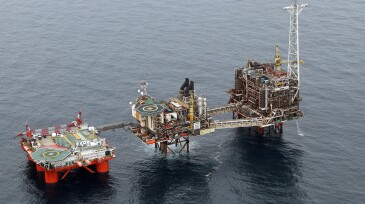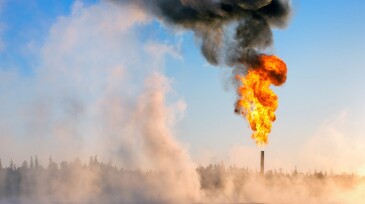flaring
-
An emissions-reduction study conducted for a Middle East operator identified potential annual savings of $10 million–$15 million, a 20% decrease in total Scope 1 CO2eq emissions, and 10 MW of energy reduction and delivered more than 100 recommendations for both technical and internal framework improvements.
-
SponsoredImprove modeling accuracy and reduce the risk of unplanned downtime. Complete more accurate comprehensive pressure safety studies faster by eliminating the need for multiple applications.
-
Gas flaring, which accounts for 30% of carbon emissions from fossil-fuel operations, dropped globally to a 10-year low in 2021, but questions remain whether 2022 will see a rebound as the industry reboots in a post-COVID-19 world with oil and gas supplies tightening.
-
The authors describe a process study to identify the potential causes of flaring during LNG offtake and corrective measures to accomplish zero flaring without capital plant modification.
-
This paper presents the development and test of a method to predict upstream events that could lead to flaring, applying an integrated framework using machine-learning and big-data analytics.
-
A study in North Dakota found that respiratory illness increased as far as 60 miles away from flaring of natural gas.
-
Oil producers encountering pockets of methane typically use flare stacks to burn off the vented gas. However, winds blowing across conventional open flame burners often result in 40% or more of the methane escaping into the air.
-
UK offshore oil and gas producers are moving closer to the region's goal of achieving zero routine flaring by 2030.
-
A recent study led by environmental engineers at Rice University quantifies the effect of black carbon particles on health.
-
It seems obvious that to manage the reduction of methane emissions an operator needs to measure the emissions, report them accurately, and then take action to mitigate them. But what might seem obvious gets tricky: Just what matters, and how can an operator efficiently and accurately measure those factors?

